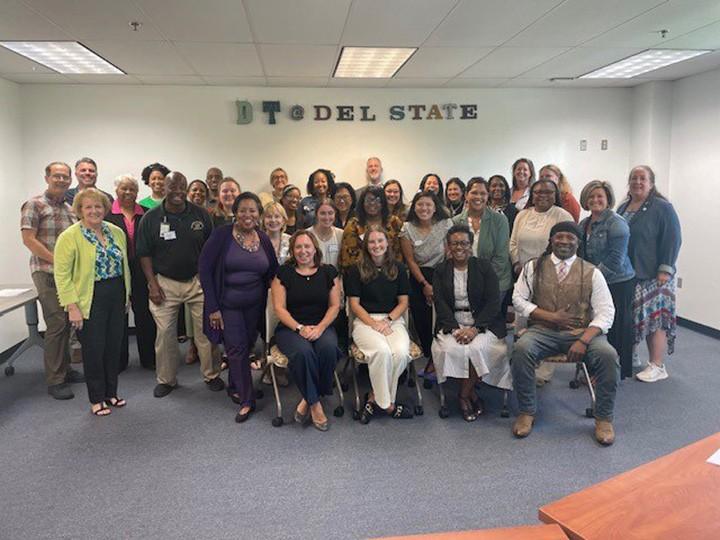Advancing Healthy Lifestyles Coalition
The AHL Coalition uplifts the well-being of all Delawareans and breaks down barriers to achieve healthy lifestyles.

About Us:
The Physical Activity, Nutrition, and Obesity Prevention (PANO) Program launched the Advancing Healthy Lifestyles Coalition, with a goal to bring together coalitions and partners to focus on healthy lifestyles and equity through a PANO lens. All organizations and agencies dedicated to Physical Activity, Nutrition, and Obesity Prevention and Advancing Healthy Lifestyles are encouraged to join.

Thursday, June 4, 2026
Annual Advancing Healthy Lifestyles Conference 2026
to
Bally’s Dover Casino Resort

Building Community and Creating Pathways
Tryanna Prince
Inside the National Society of Black Women in Medicine at Delaware State University

Member Spotlight
Sharece Sellem-Hannah
AHL Coalition Meetings
Most Recent Meeting
Wednesday, December 10, 2025 from to
Quarterly / December 2025
Dover Public Library
35 Loockerman Street, Dover, DE 19901Upcoming Meeting
No upcoming meetings are currently scheduled.
Committees
Below are the standing committees of the coalition. These committees were founded to promote and strengthen our strategic goals.
Community Engagement
Strategic Goal:
Increase awareness about the AHL Coalition and expand the PANO services landscape in Delaware by engaging partnerships, organizations, and the membership, and sharing resources and information.
Program
Strategic Goal:
Identify gaps in services and programs that increase access to PANO related services that reduce health disparities, improve outcomes, and affect system or cultural change.
Marketing and Communication
Strategic Goal:
Develop a marketing plan for existing programs linked to PANO and other Coalitions that promote equity and help reduce health disparities.
Policy
Strategic Goal:
Promote policy, systems, or environmental changes with a PANO focus that increase equitable access to health programs and services to increase access and reduce health disparities.
Conference Steering
Strategic Goal:
Plan, host, and evaluate the annual Advancing Healthy Lifestyles Conference to provide a platform for cross sectional sharing on national, regional, and local best practices, challenges, opportunities, and success stories.
Student
Strategic Goal:
Empower young Delawareans to lead initiatives that promote health and well-being within their community, fostering a culture of health, resilience, and positive youth engagement. Are you a student interested in an internship or shadowing opportunity? Contact us now!
Unlock Your Future! Get internship prep, tips & strategies.
Recently Added Resources
Visit the Resources page to view evidence-based resources, tools, and publications related to physical activity, nutrition, and obesity prevention.

Health Literacy Best Practices One Pager
This one-pager discusses health literacy best practices and basics. Co-branding opportunity - add your organization's logo to show your support and partnership with the Health Literacy Council of Delaware.

SNAP Alert
DHSS website providing updates and FAQs on SNAP and the First State Food Relief Funds during the federal government shut down.
